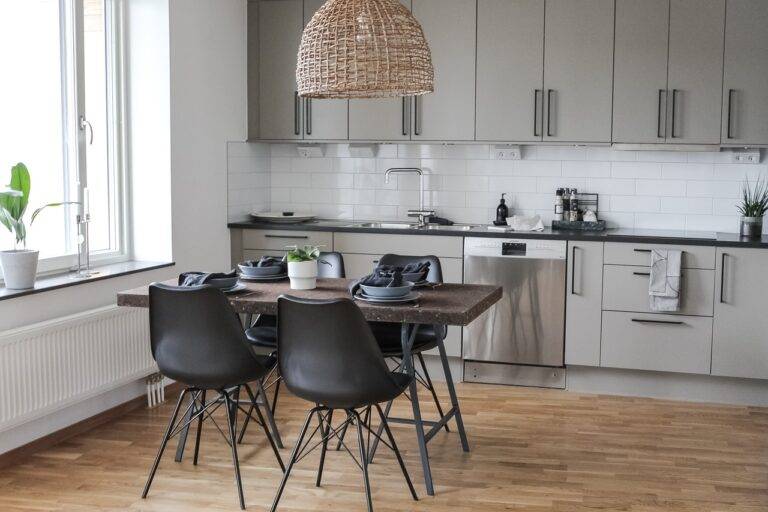How to Select Storm Windows for Windy Areas: Allpaanel mahadev book, Mahadev book login id and password, Online cricket id
allpaanel mahadev book, mahadev book login id and password, online cricket id: Living in a windy area can pose some challenges when it comes to selecting the right storm windows for your home. Wind can cause drafts, rattling windows, and even potential damage if not properly protected. In this guide, we will explore how to choose storm windows that are suitable for windy conditions.
Understanding Wind Pressure
Before we dive into selecting storm windows, it’s important to understand how wind pressure can affect your home. Wind exerts pressure on the walls, windows, and doors of a building, which can lead to air leakage and even structural damage if not adequately addressed.
When selecting storm windows for windy areas, it’s crucial to consider the design pressure (DP) rating of the window. The DP rating indicates how well a window can withstand wind pressure. The higher the DP rating, the better the window can resist wind loads.
Types of Storm Windows
There are several types of storm windows available on the market, each with its own set of benefits and features. Here are some common types of storm windows that are suitable for windy areas:
1. Aluminum Storm Windows: Aluminum storm windows are lightweight and durable, making them a popular choice for windy areas. They are also low maintenance and provide good insulation.
2. Vinyl Storm Windows: Vinyl storm windows are energy-efficient and offer good insulation. They are also durable and require minimal maintenance.
3. Wood Storm Windows: Wood storm windows are aesthetically pleasing and offer good insulation. However, they require more maintenance compared to aluminum and vinyl windows.
4. Combination Storm Windows: Combination storm windows feature multiple layers of glass for added insulation and noise reduction. They are ideal for windy areas where energy efficiency is a priority.
Factors to Consider When Selecting Storm Windows
When selecting storm windows for windy areas, there are several factors to consider to ensure that you choose the right windows for your home. Here are some key considerations:
1. DP Rating: As mentioned earlier, the DP rating of the window is crucial for withstanding wind pressure. Look for storm windows with a high DP rating to ensure they can handle windy conditions.
2. Material: Consider the material of the storm window. Aluminum and vinyl windows are popular choices for windy areas due to their durability and low maintenance requirements.
3. Energy Efficiency: Choose storm windows that are energy-efficient to help reduce heating and cooling costs. Look for windows with low U-factor and solar heat gain coefficient (SHGC) ratings.
4. Installation: Proper installation is essential for storm windows to perform effectively in windy conditions. Make sure to hire a professional installer to ensure proper fitting and sealing of the windows.
5. Aesthetics: Consider the aesthetic appeal of the storm windows and how they will complement the overall look of your home.
6. Budget: Determine your budget for storm windows and choose windows that offer the best value for your investment.
FAQs
Q: Can I install storm windows myself?
A: While some homeowners may choose to install storm windows themselves, it is recommended to hire a professional installer for proper fitting and sealing.
Q: How long do storm windows last?
A: The lifespan of storm windows can vary depending on the material and quality of the windows. On average, storm windows can last anywhere from 10 to 20 years.
Q: Are storm windows worth the investment?
A: Yes, storm windows are worth the investment as they can help improve energy efficiency, reduce drafts, and protect your home from wind damage.
Q: Do storm windows reduce noise?
A: Yes, storm windows can help reduce noise from the outside, providing a quieter and more comfortable living environment.
In conclusion, selecting the right storm windows for windy areas requires careful consideration of factors such as DP rating, material, energy efficiency, installation, aesthetics, and budget. By choosing storm windows that meet these criteria, you can effectively protect your home from wind pressure and enjoy a more comfortable living environment.







